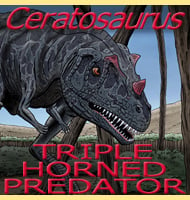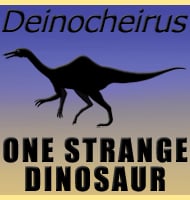Callovosaurus
In Depth The holotype specimen of Callovosaurus, an almost complete femur, was first described as a species of Camptosaurus all the way back in 1889 by Richard Lydekker. By 1909 doubts were already being cast as to whether or not this bone actually came from an iguanodontid dinosaur. In 1980 Peter M. Galton took this … Read more

